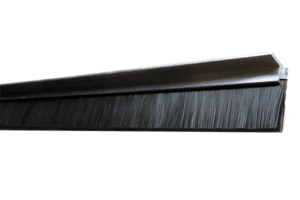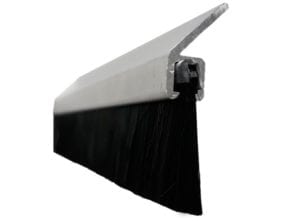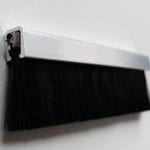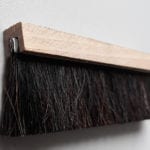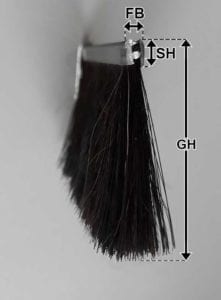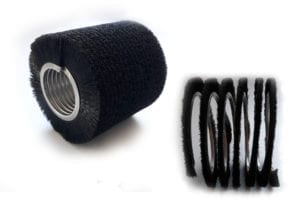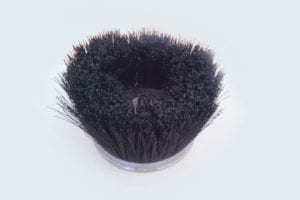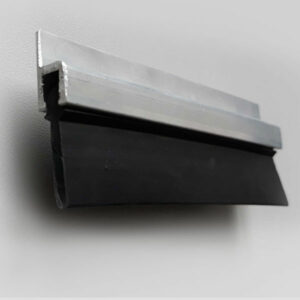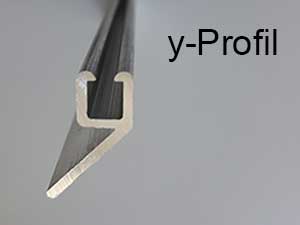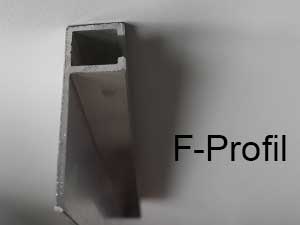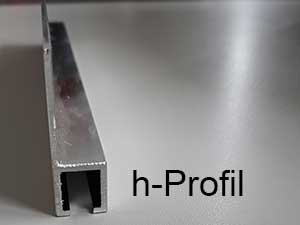Strip brushes – flexible, adaptable, effective.
Ideal for sealing, cleaning, wiping or polishing – as a door brush, machine brush or transport aid: strip brushes are real all-rounders and can be produced in almost any shape. Available in common profile shapes such as F-profile, H-profile, U-profile and Y-profile – suitable for a wide range of applications.
Strip brushes
for wiping, braking or as a door seal
Strip brushes are available immediately
A strip brush is a real all-rounder. Strip brushes are ideal for sealing doors and gates, wiping systems, polishing, cleaning, sealing or even slowing down unit loads on transportation systems. The seamless, dense filling makes the strip brush an all-rounder. The design of a strip brush is virtually unlimited and is tailored to the respective application.
Due to the frequent use of strip brushes to seal doors or gates, the strip brush is also known as a door brush, door brush seal, broom strip for doors or door brush. In contrast, stainless steel wire brushes are used on doors and gates to repel mice and other rodents.
Strip brushes are predominantly used in a straight form for grooving or with a profile. In addition to these standard designs, strip brushes can also be supplied wound as roller brushes in a cup shape, in a ring shape, with trimming on the inside or outside. With our brush designer, you have the option of customizing your strip brush.
Areas of application
Standard versions
Trimming material (bristles)
Strip brushes are available in numerous variants. In addition to different sizes, different fill materials are required for the various possible applications. Here you will find an overview of the properties and possible applications of the available brush fillings, which you can select yourself. An overview of the fill materials and their properties can be found here. You can define the dimensions of the strip brush, frame and back width and other specifications yourself, simply use our form.
Synthetic bristles
Wire bristles
Natural bristles
We have compiled the information on material trimming for you to download: Material trim

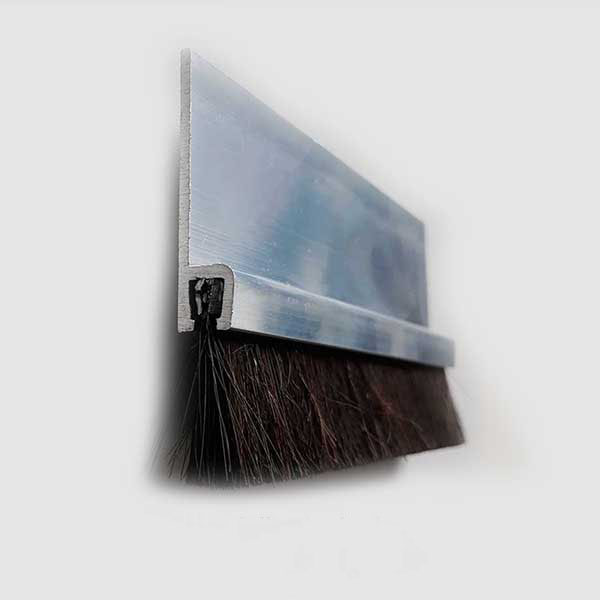
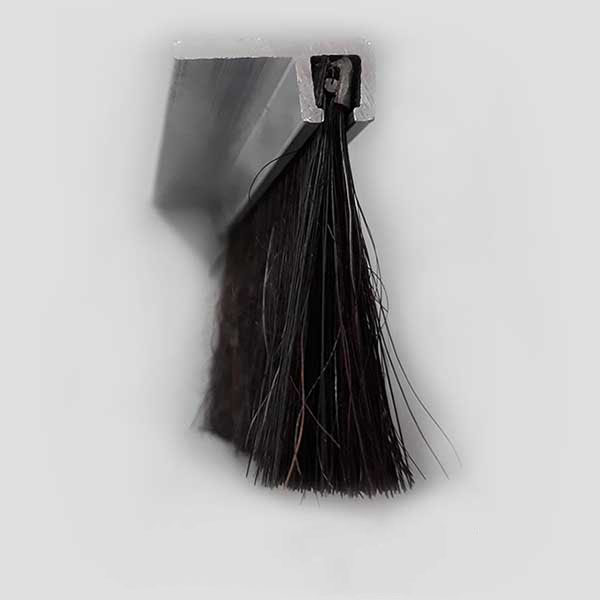
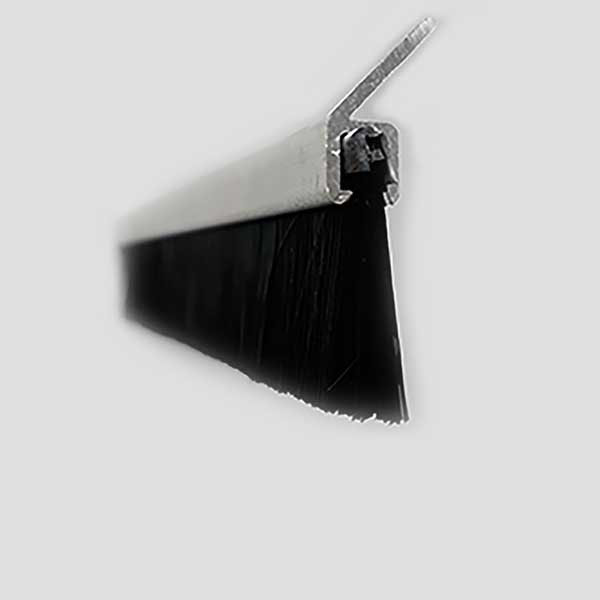
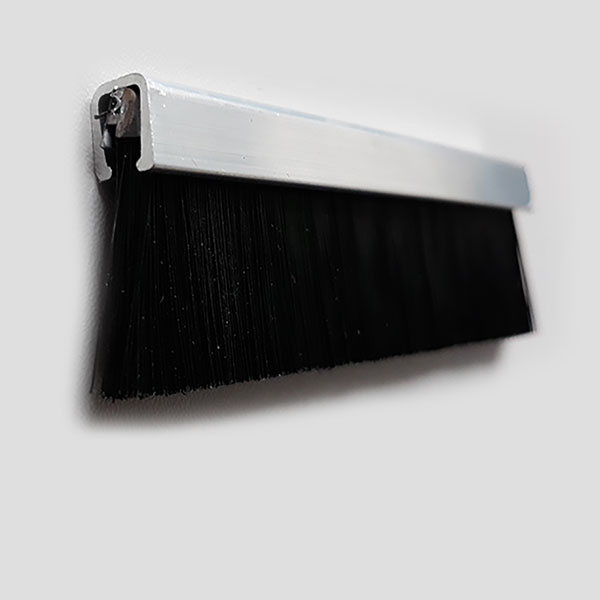
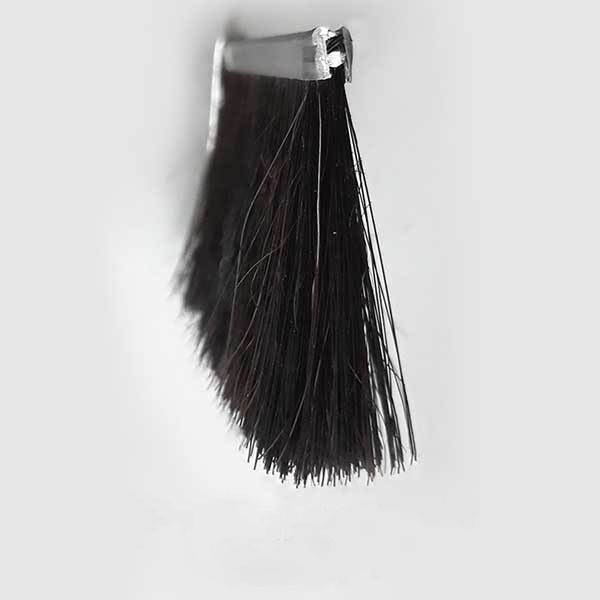
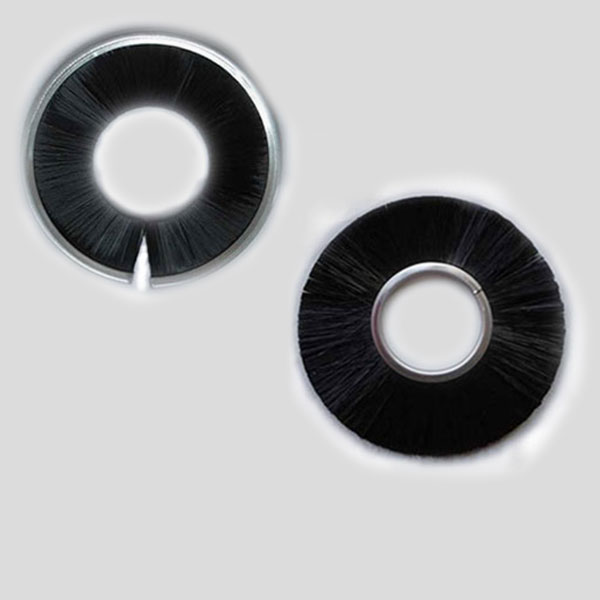
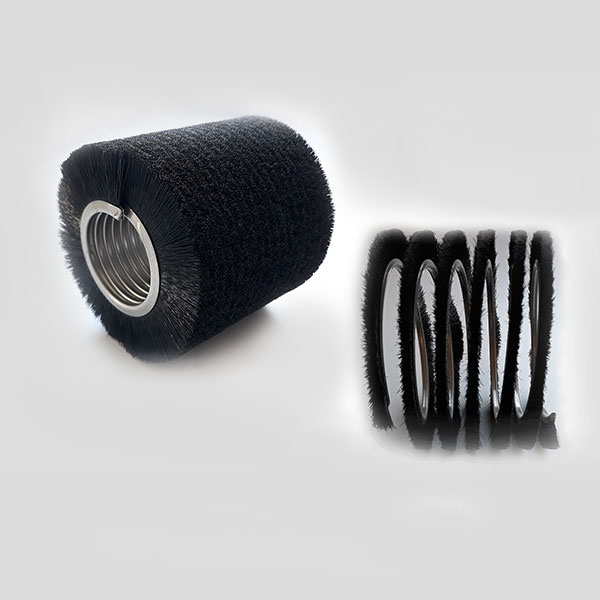
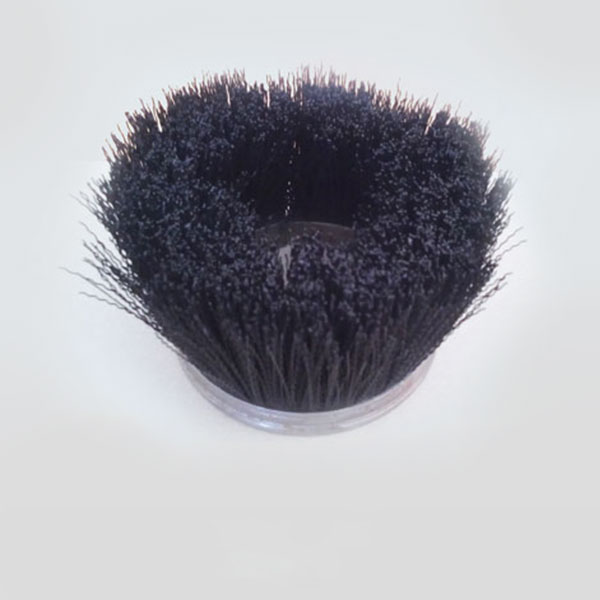
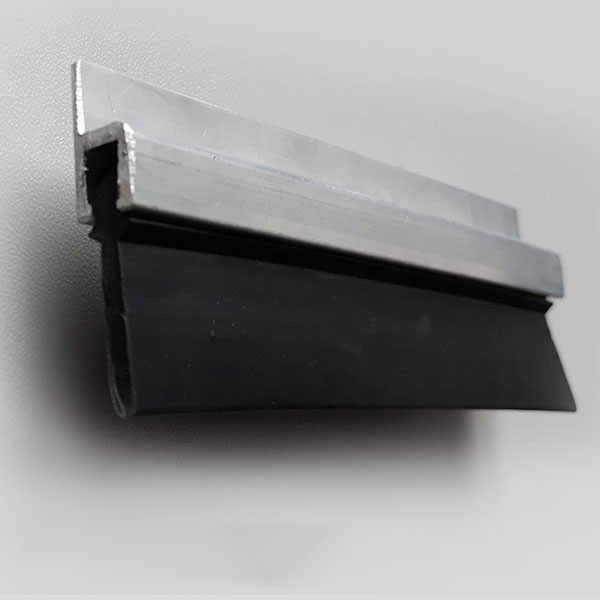
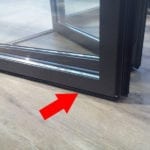 Strip brushes are ideal for use as door seals and gate seals. They are therefore often referred to as door brushes or gate brushes. They are attached to the bottom of the door as a door bottom seal. Strip brushes keep out dirt, draughts and insects. Strip brushes are particularly suitable as door seals as they are impermeable to dirt, dust and insects.
Strip brushes are ideal for use as door seals and gate seals. They are therefore often referred to as door brushes or gate brushes. They are attached to the bottom of the door as a door bottom seal. Strip brushes keep out dirt, draughts and insects. Strip brushes are particularly suitable as door seals as they are impermeable to dirt, dust and insects.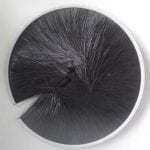 In industry, strip brushes are often used for wiping and cleaning machine systems and reliably remove chips, dust and other processing residues. Both standard strip brushes and brushes in special designs (e.g. ring-shaped) are used here.
In industry, strip brushes are often used for wiping and cleaning machine systems and reliably remove chips, dust and other processing residues. Both standard strip brushes and brushes in special designs (e.g. ring-shaped) are used here. Strip brushes are used where moving cables or ropes need to be laid. They are a popular means of creating an opaque seal for cable apertures in office furniture and commercial interiors.
Strip brushes are used where moving cables or ropes need to be laid. They are a popular means of creating an opaque seal for cable apertures in office furniture and commercial interiors.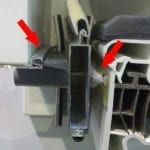 Strip brushes are used to seal roller shutter boxes to keep out small animals, insects and draughts. They also prevent rattling noises by quietly guiding the slats through the roller shutter outlet.
Strip brushes are used to seal roller shutter boxes to keep out small animals, insects and draughts. They also prevent rattling noises by quietly guiding the slats through the roller shutter outlet.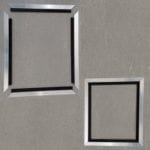 “We frame you” – strip brush profiles can be manufactured in such a way that a frame is created from the individual elements. The brush frames can be used for wiping, cleaning or protecting sensitive surfaces of workpieces or machinery.
“We frame you” – strip brush profiles can be manufactured in such a way that a frame is created from the individual elements. The brush frames can be used for wiping, cleaning or protecting sensitive surfaces of workpieces or machinery.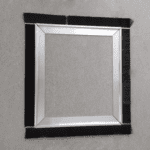 “We frame you” – strip brush profiles with outer fill. This brush frame variant can also be used for wiping, cleaning or protecting sensitive surfaces of workpieces and machines.
“We frame you” – strip brush profiles with outer fill. This brush frame variant can also be used for wiping, cleaning or protecting sensitive surfaces of workpieces and machines.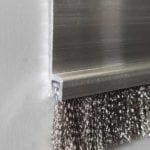 Strip brushes with stainless steel wire trimming secure openings and gaps against mice and other small rodents. Mice cannot bite through the wire. The filament is an insurmountable obstacle for any rodent.
Strip brushes with stainless steel wire trimming secure openings and gaps against mice and other small rodents. Mice cannot bite through the wire. The filament is an insurmountable obstacle for any rodent.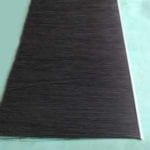 Strip brushes with extremely high fill heights can also be manufactured.
Strip brushes with extremely high fill heights can also be manufactured. Overview of the available h-holding profiles.
Overview of the available h-holding profiles.